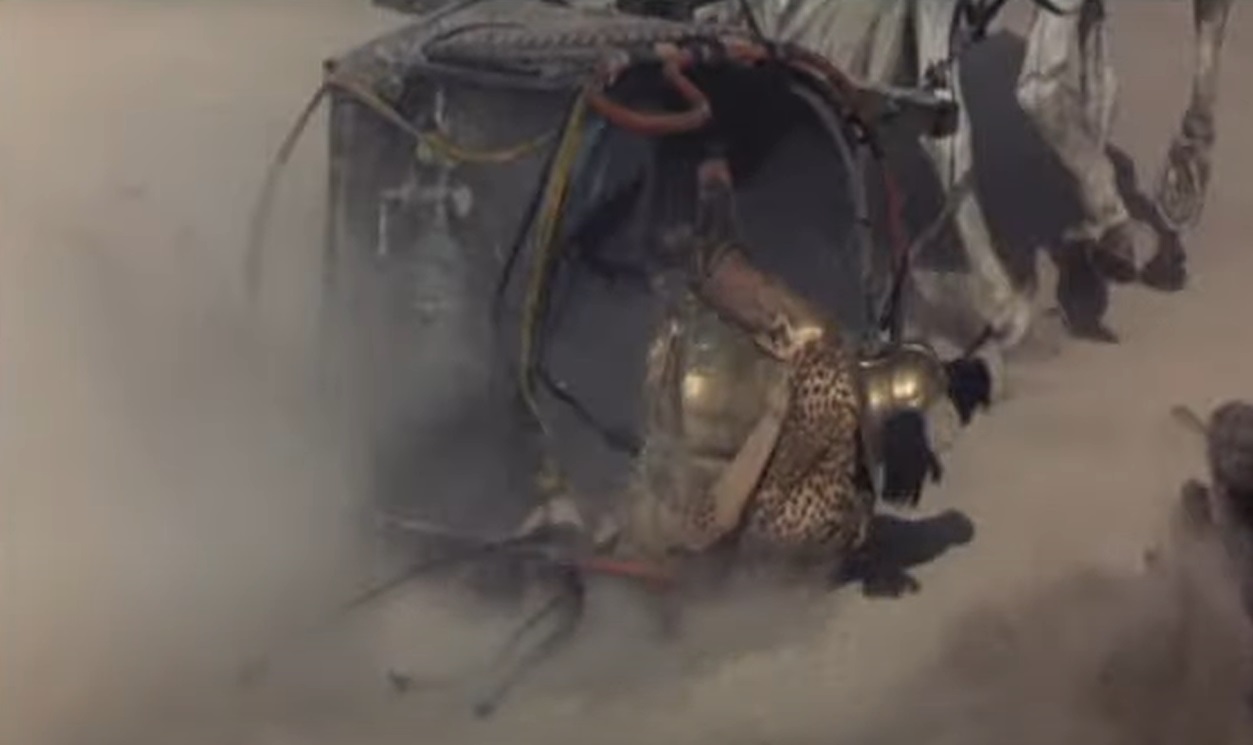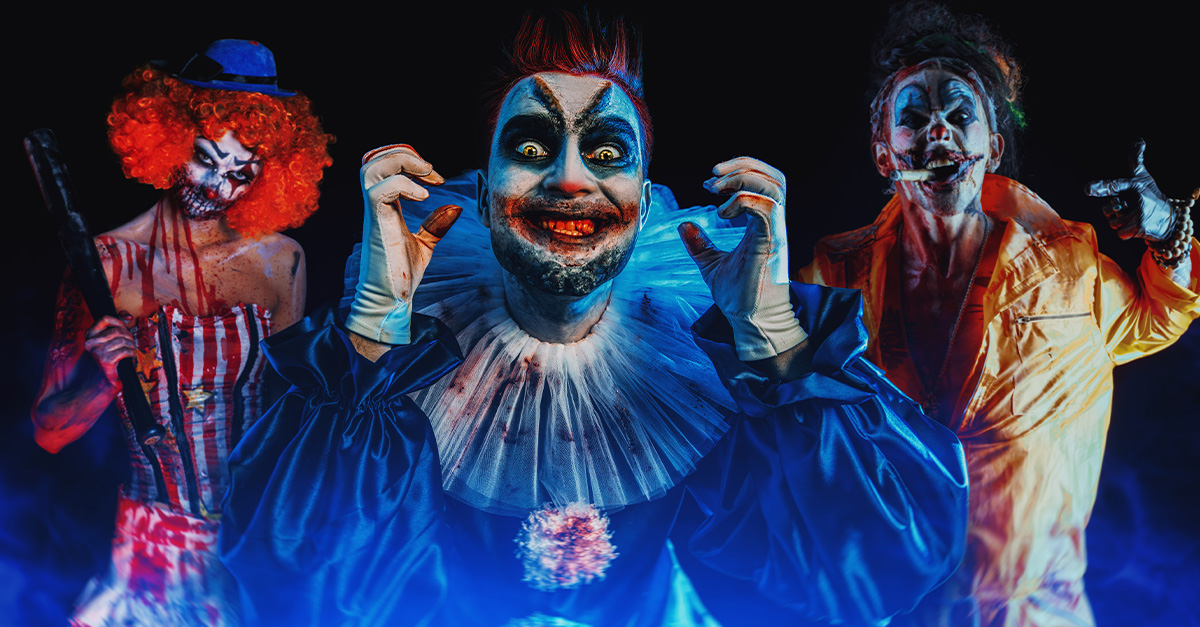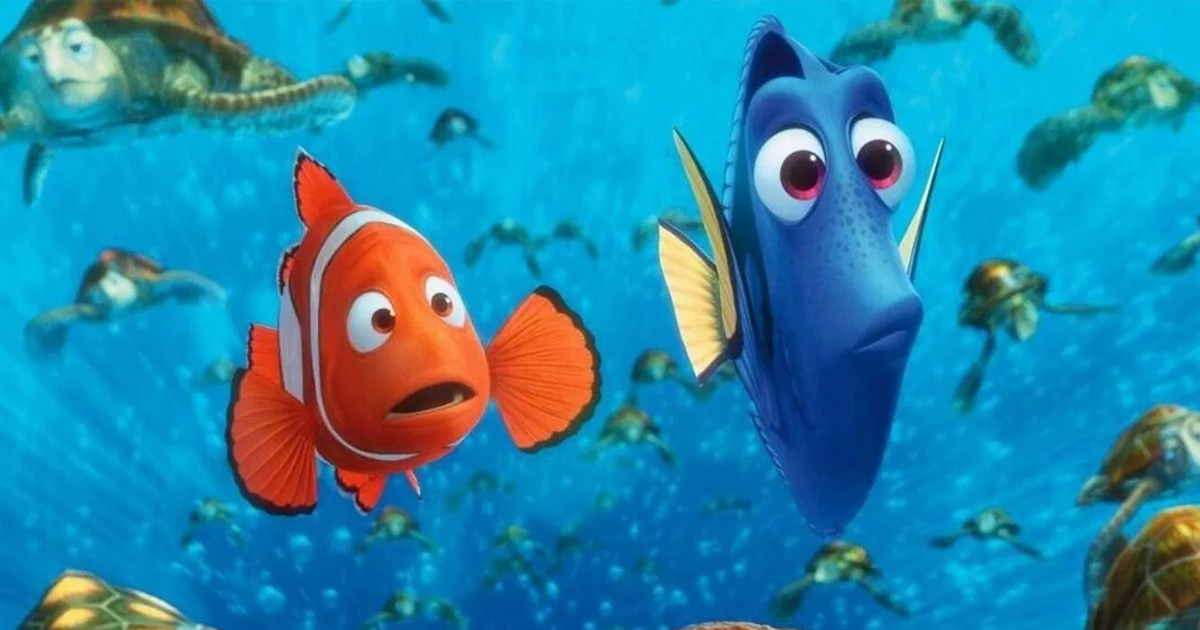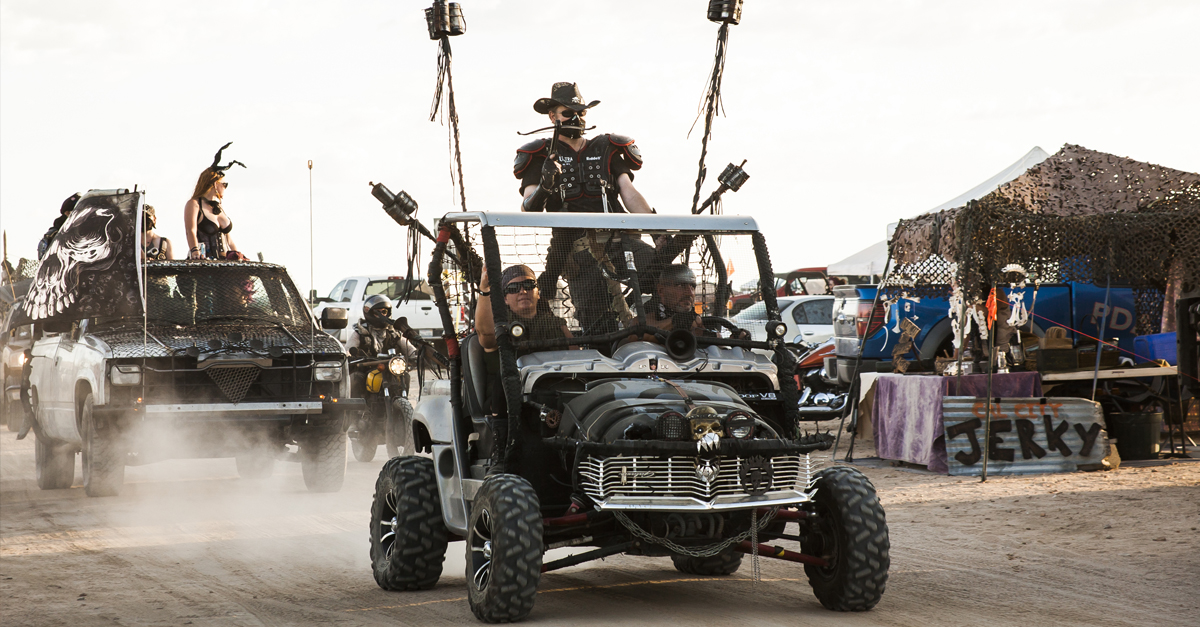When it comes to filmmaking, not everything goes according to plan. Generally speaking, film bloopers are unwanted takes that offer no significant contribution to the project and are often not included in the final cut. However, sometimes bloopers end up being unanticipated treasures that actually improve the film and add an element of realness to an otherwise cut-and-dry story. Here are 10 well-known cinematic blunders that made it through to the final stages of production.
Star Wars: A New Hope (1977)
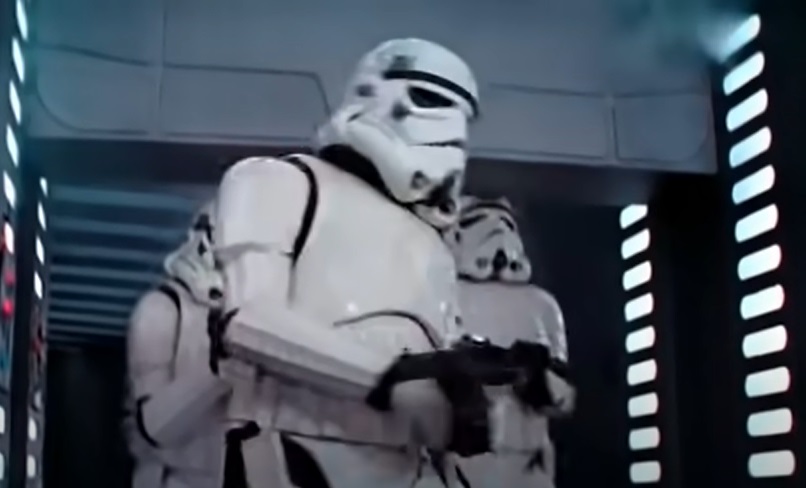 20th Century Fox, Star Wars: Episode IV - A New Hope (1997)
20th Century Fox, Star Wars: Episode IV - A New Hope (1997)
An unexpected pop culture moment emerged from a "Star Wars: A New Hope" blooper back in 1977. During the filming of one scene, a Stormtrooper's clumsiness caused him to bump into a low-hanging door in the Death Star sequence. Director George Lucas ultimately approved the mishap rather than throwing it away, turning the small error into a treasured Easter egg. This accidental head bump gave the oh-so-serious Galactic Empire a sense of humor and realism, demonstrating that even in the vastness of space, a tiny mistake can have a lasting impact on viewers.
The Dark Knight (2008)
 Warner, The Dark Knight (2008)
Warner, The Dark Knight (2008)
The late Heath Ledger showed the world his brilliance with his portrayal of the Joker in "The Dark Knight." In one unforgettable blooper, Ledger broke into a spontaneous clapping fit while in character, right after he had just set off a massive explosion in the hospital. This impromptu celebration was not staged, but filmmaker Christopher Nolan saw its genius and decided to include it in the final cut of the film. The scene demonstrated the Joker's sincere side, reminding viewers that underneath all of his theatrics, he is still human, just like us. Ledger ended up winning the Oscar for Best Actor for his work in "The Dark Knight," and his one-of-a-kind talent continues to inspire up-and-coming actors even today.
Pretty Woman (1990)
 Buena Vista, Pretty Woman (1990)
Buena Vista, Pretty Woman (1990)
In Garry Marshall's quintessential rom-com "Pretty Woman," a delightful blooper gave the modern fairy tale a dash of authenticity. In one iconic scene, an employee selling jewelry to Julia Robert's character unintentionally snapped the necklace case shut on her fingers. Marshall decided not to cut out the authentic moment, even though Roberts broke out of character and let out a genuine laugh. This unplanned incident only added to the movie's appeal, as it further humanized Roberts' character in the story. It goes to show that often the most priceless moments are the ones that aren't written in the script.
Gladiator (2000)
An out-of-place error appeared in the epic spectacle of "Gladiator" directed by Ridley Scott. In a moving scene, a gas cylinder could be seen in the background while Russell Crowe's character, Maximus, lay on the ground. Even with his renowned attention to detail, Scott did not notice the gas cylinder and it ended up in the final cut of the film. He chose to embrace the flaw rather than edit it, and it became an example of how sometimes anything goes in filmmaking. Overall, the scene brought a lighthearted element to the otherwise serious setting of the Colosseum.
Jurassic Park (1993)
 Universal, Jurassic Park (1993)
Universal, Jurassic Park (1993)
In "Jurassic Park," a totally unplanned set failure led to the enhancement of one of the most tense scenes in the film. During the violent T-Rex escape sequence, the glass roof of the Jeep where the scene was shot shattered unexpectedly. Pieces of glass then rained down, stunning the actors inside the car and giving a real element of panic to the already tense scene. Steven Spielberg, the movie's director, saw the value of the sincere responses and decided to keep the shot in the final cut. The broken glass later became the perfect symbol to represent the unpredictable nature of the story's setting, Jurassic Park.
Raiders of the Lost Ark (1981)
 Paramount, Raiders of the Lost Ark (1981)
Paramount, Raiders of the Lost Ark (1981)
In "Raiders of the Lost Ark," an unscripted choice made during production turned a staged conflict into a memorable blooper. While suffering from stomach poisoning, Harrison Ford suggested a simpler victory for Indiana Jones instead of a complex sword fight. The outcome of the scene was a clever gunshot that instantly eliminated Indiana Jones' sword-wielding adversary. Steven Spielberg, the director, transformed an unexpected situation into a hilarious cinematic gem by accepting Ford's idea. In addition to demonstrating Ford's rapid thinking, Ford's response brought an unintended sense of humor to the famous character's canon.
The Lord of the Rings: The Two Towers (2002)
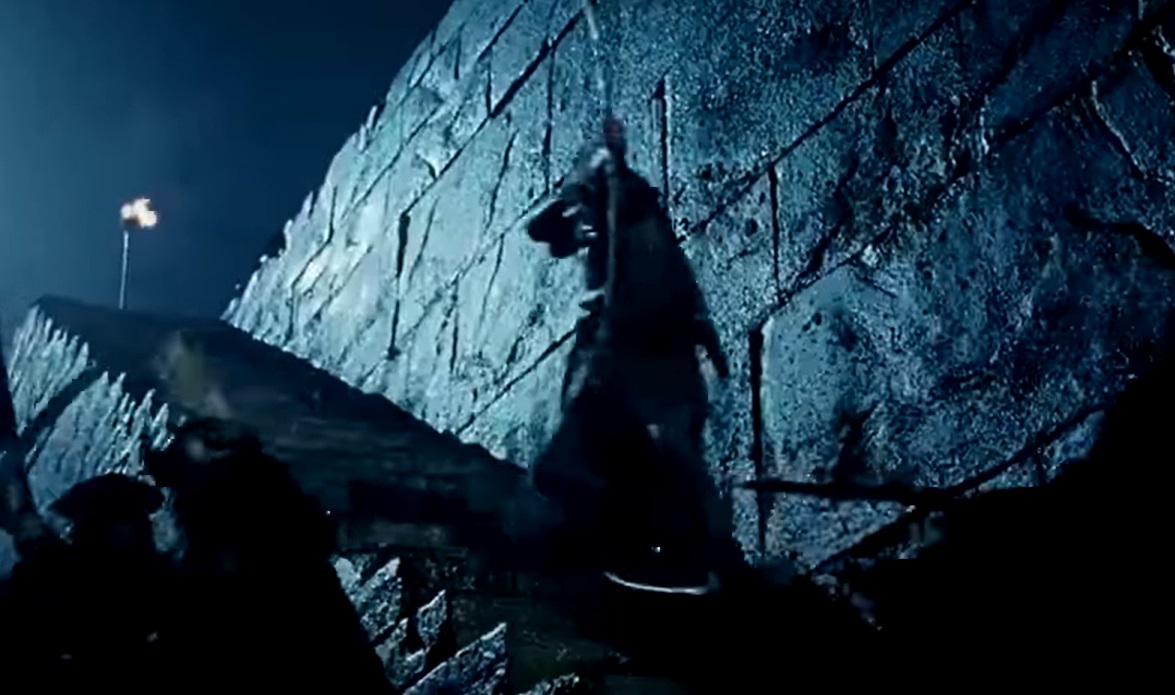 New Line, The Lord of the Rings: The Two Towers (2002)
New Line, The Lord of the Rings: The Two Towers (2002)
Some elven whimsy was pictured in one scene of "The Lord of the Rings: The Two Towers" as Orlando Bloom's Legolas began 'surfing' down a stairway on a shield. It looked as if Legolas defied gravity during the Battle of Helm's Deep, and it gave the dramatic scene the perfect amount of spontaneity. Legolas' quick skate into battle was kept by director Peter Jackson because he felt it offered a refreshing look into Legolas' personality, highlighting his humorous side.
Back to the Future Part III (1990)
 Back to the Future Part III (1990)
Back to the Future Part III (1990)
Though the Back to the Future trilogy is a time-traveling journey, physics does catch up with it. In one scene, the model train's wheels suddenly derailed as the DeLorean was pushing the time-traveling train. Despite the actors' immediate reactions, director Robert Zemeckis chose to preserve the unplanned occurrence, which gave the film's climax a surprising touch.
The Shawshank Redemption (1994)
 Columbia, The Shawshank Redemption (1994)
Columbia, The Shawshank Redemption (1994)
"The Shawshank Redemption" by Frank Darabont is regarded as a perfect film, but there were still some unplanned parts. Weather cannot be controlled, after all, and during the famous scene where Tim Robbins' character Andy Dufresne emerges from the sewer pipe, there wasn't supposed to be any rain falling down. Robbins' joyful response to the heavy torrent was incorporated into the scene and it became a representation of freedom and rebirth.
Pulp Fiction (1994)
"Pulp Fiction" by Quentin Tarantino is a whole mixed bag of unforgettable scenes. One of the most memorable involves John Travolta and Uma Thurman dancing in the Jack Rabbit Slim twist contest scene. The filmmaker chose to let the beat of the music dictate Travolta's uninhibited and distinctive dance moves, which turned the scene into one of the most famous dance scenes in movie history.


